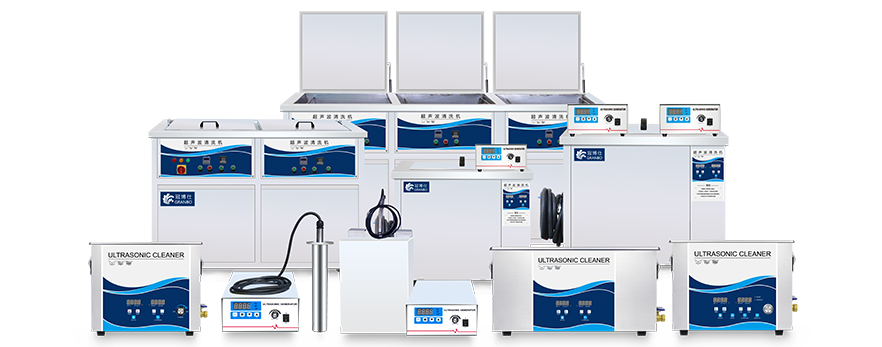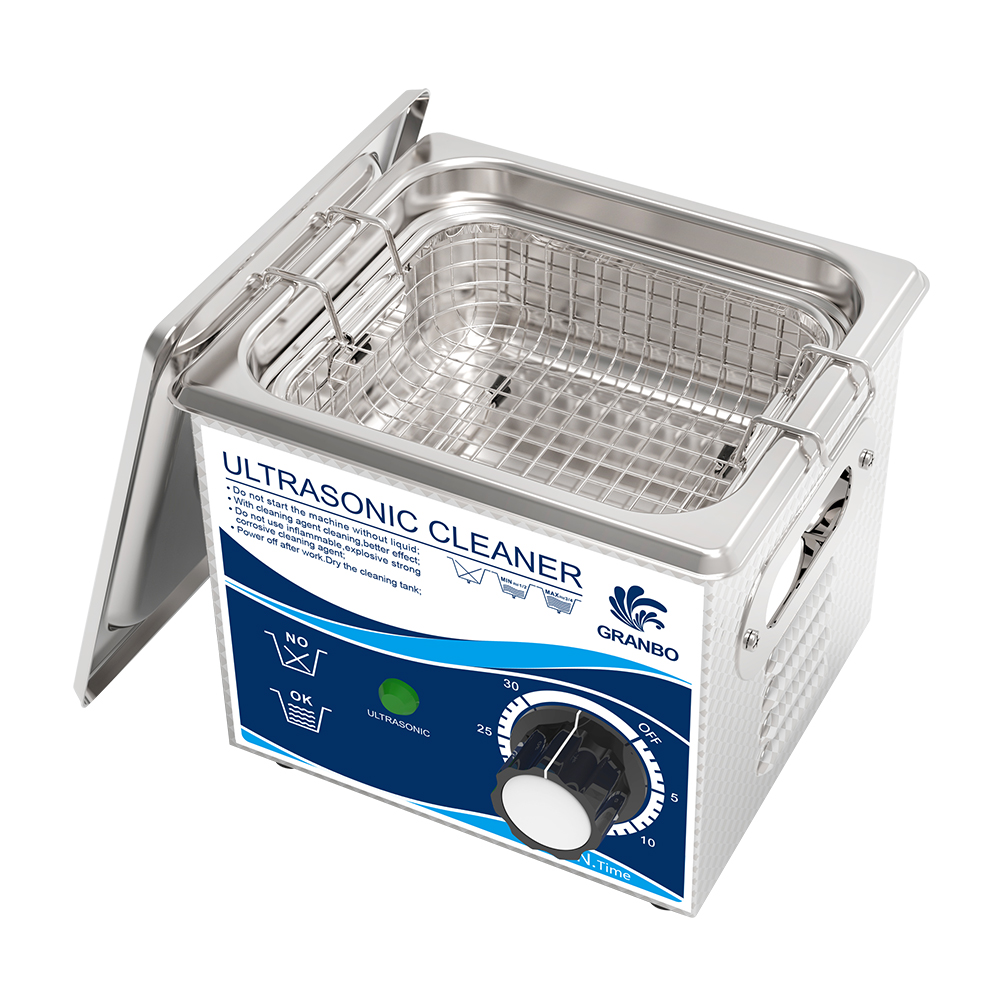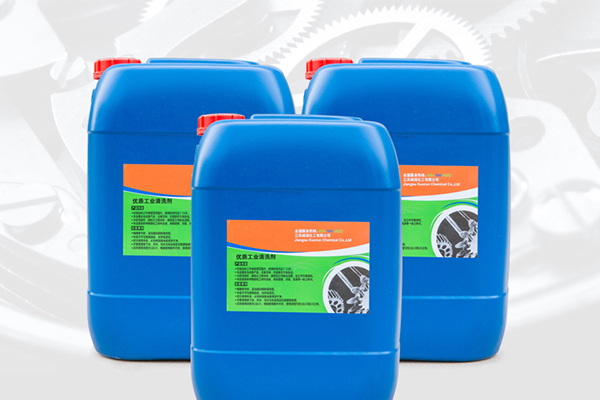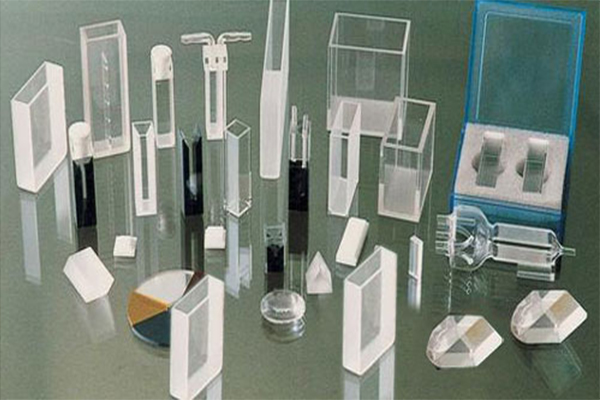Traditional cleaning is immersed in a pool of solvent using manual cleaning of the surface of the goods, such cleaning methods are difficult to ensure the thoroughness and safety of cleaning, and ultrasonic cleaning machine using non-contact cleaning can make the entire product in the solvent shock to ensure that every corner can be clean and tidy, both save a lot of human and material resources to ensure the thoroughness of cleaning.

The working principle is as follows.
Ultrasonic cleaning machine principle is mainly through the transducer, the power ultrasonic frequency source of acoustic energy into mechanical vibration, through the cleaning tank wall will be ultrasonic radiation to the cleaning solution in the tank. Due to the radiation of ultrasonic waves, so that the micro bubbles in the liquid in the tank can be under the action of sound waves and thus maintain vibration. When the sound pressure or sound intensity by pressure reaches a certain level, the bubble will rapidly expand, and then suddenly closed. In this process, the bubble closure of the moment to generate shock waves, so that the bubble around the pressure of 1012-1013pa and the Bureau of temperature regulation, this ultrasonic cavitation generated by the huge pressure can destroy insoluble dirt and make them divided in solution, steam-type cavitation of the direct and repeated impact on the dirt.
On the one hand, destroy the adsorption of dirt and cleaning parts surface, on the other hand, can cause fatigue damage to the dirt layer and be barge away, gas-type bubble vibration to the solid surface scrubbing, dirt layer once there is a seam can be drilled, bubble immediately “drill” vibration so that the dirt layer off, due to cavitation, the two liquids in the interface quickly dispersed and emulsified, when the solid particles are wrapped in oil and adhering to the surface of the cleaning parts, oil is emulsified, solid particles fall off on their own, ultrasound in the cleaning fluid propagation will produce positive and negative alternating acoustic pressure, the formation of jets, impact cleaning parts, while the non-linear effect will produce acoustic and microacoustic flow, and ultrasonic cavitation in the solid and liquid interface will produce high-speed micro-jet, all of these effects, to destroy the dirt, remove or weaken the boundary layer of dirt, to increase the agitation, diffusion, and accelerate the can be used for cleaning. Increase the role of agitation, diffusion, accelerate the dissolution of soluble dirt, strengthen the cleaning effect of chemical cleaning agents.
It can be seen that where the liquid can be immersed and the presence of the acoustic field has a cleaning effect, and its characteristics are applicable to the cleaning of parts with very complex surface shapes. In particular, with this technology, the amount of chemical solvents can be reduced, thereby greatly reducing environmental pollution.
Noteworthy.
Ultrasonic cleaning is actually already a very mature technology, this technology has been quite widely used in industry, such as used to clean mechanical components, electronic components, etc., can also be used to clean a variety of underwater facilities, such as the hull of a ship; and medical treatment also uses ultrasound to clean a variety of medical devices.
And ultrasonic cleaning also in recent years began to enter our family life, which out of doors with ultrasonic dishwasher and ultrasonic fruit and vegetable cleaning machine, although ultrasonic cleaning will cause a certain degree of damage to the surface of fruits and vegetables, but really can better remove pesticide residues on the surface of fruits and vegetables.




